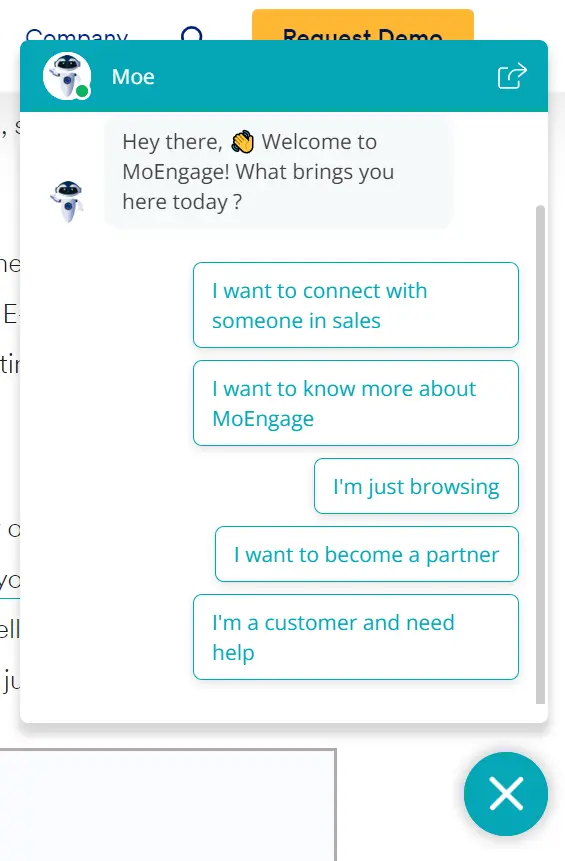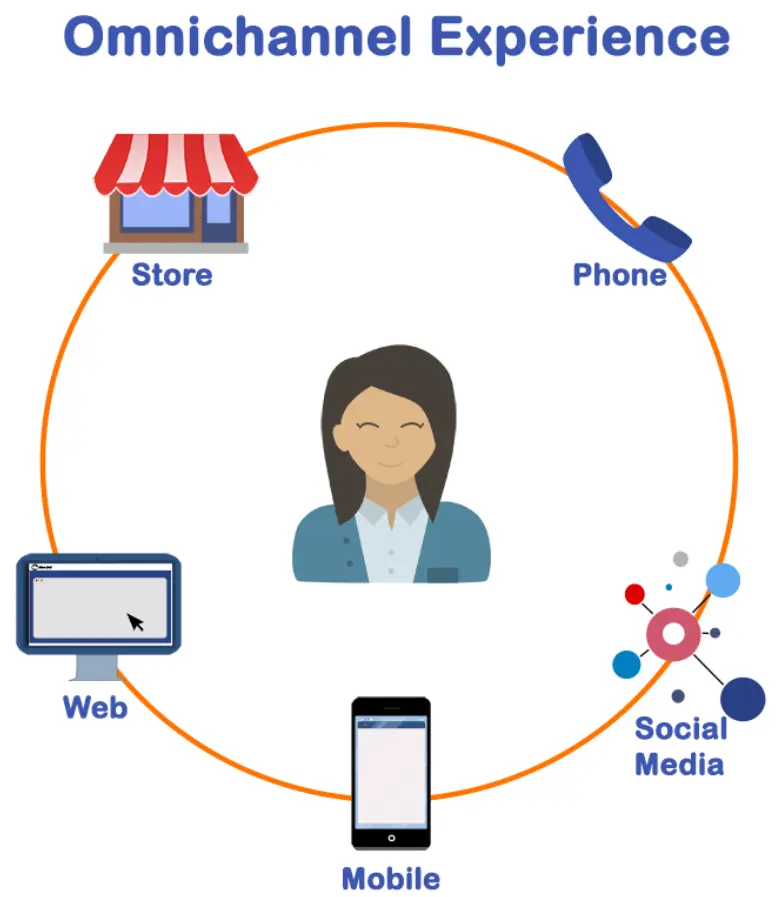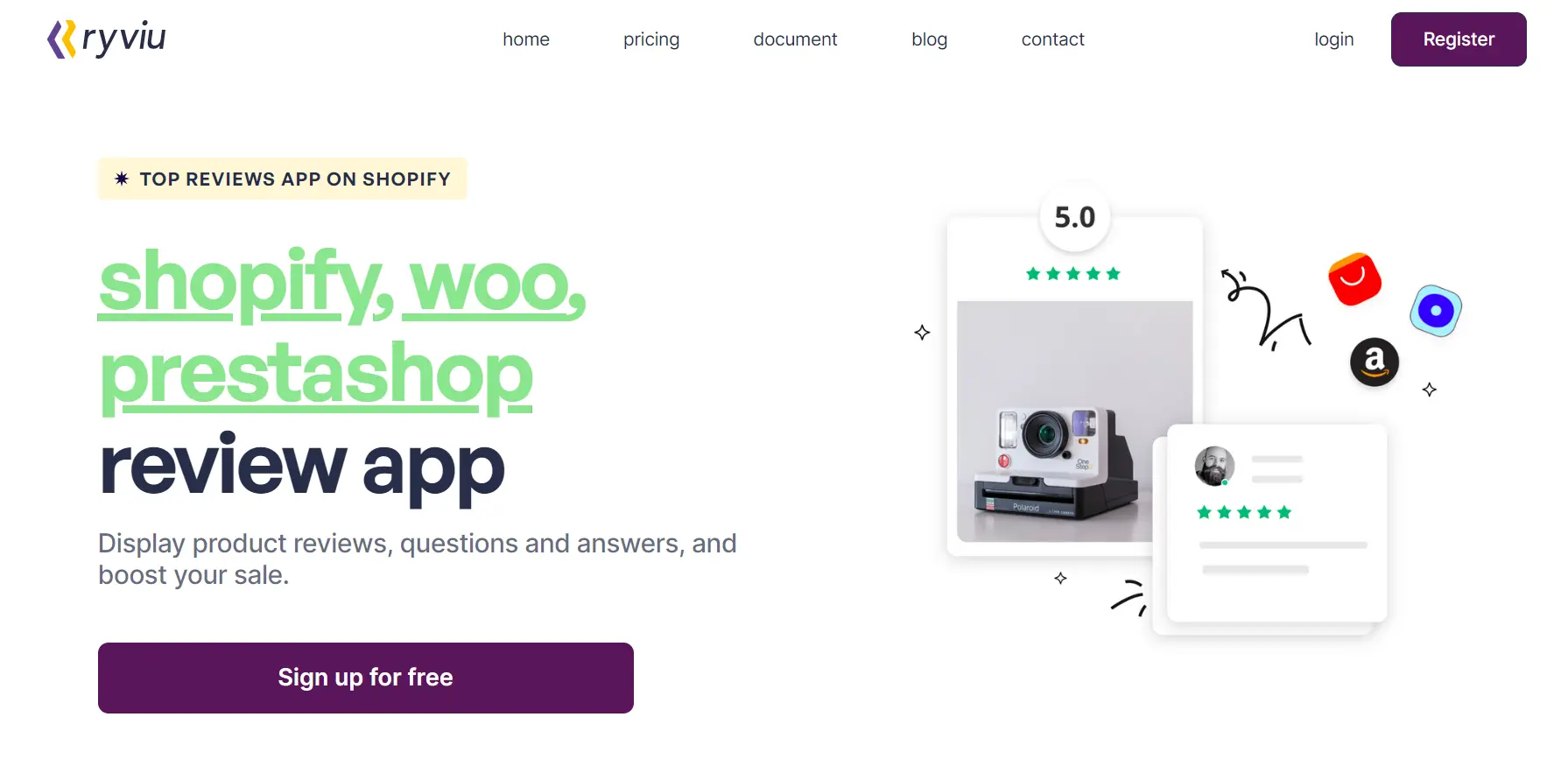How to Improve Customer Experience in eCommerce?

In the world of eCommerce, customer experience reigns supreme. It's the key to customer satisfaction and loyalty. This article explores the vital role of customer experience in online business success.
We'll discuss evolving customer expectations, strategies for a seamless shopping journey, personalization, transparent communication, shipping, loyalty programs, data security, and continuous improvement. We'll provide actionable insights for eCommerce businesses to excel in creating exceptional customer experiences.
Understanding the eCommerce Customer Experience
The eCommerce customer experience is the sum of every interaction and touchpoint a customer has with your brand in the online shopping journey. It encompasses the following key elements:
- Marketing: It includes how your brand is presented and marketed to potential customers. This covers advertisements, social media campaigns, email marketing, and more.
- Customer Conversations: Word of mouth and online discussions about your brand play a significant role in shaping the customer experience. Positive conversations can enhance your reputation, while negative ones can harm it.
- Customer Service: Interactions with customer service, whether through chat, email, or phone, are crucial. Effective and helpful customer support can leave a lasting positive impression.
- Website/App Design: The user interface, ease of navigation, and overall design of your eCommerce website or app impact how users perceive your brand. A well-designed and user-friendly platform contributes to a positive experience.
- Product/Service Delivery: Delivering products or services, including speed, reliability, and packaging, can greatly affect customer satisfaction.
- Product/Service Usage: After purchase, the actual use or consumption of products and services matters. Customer satisfaction extends beyond the purchase to the functionality and quality of what they've acquired.
Improving the eCommerce customer experience is essential for building a positive brand image and fostering customer loyalty. When customers have a favorable experience, they are more likely to return for future purchases and recommend your brand to others, which can drive sustained growth and success in the competitive world of eCommerce.
How to Improve Customer Experience in eCommerce: 7 Ways
Below are 7 best ways for you to try to enhance customer experience in your eCommerce site. Whatever eCommerce platform you are using, these methods will work for you.
#1. Offer live chat

One effective strategy to achieve this is by offering real-time chat support to your customers.
Live chat allows customers to connect with your business instantly. Instead of picking up the phone or waiting for email replies, customers can ask questions and seek assistance in real-time. This speed and accessibility are especially crucial in eCommerce, where quick responses can lead to increased conversions.
By providing a direct communication channel through live chat, potential customers can get the information they need promptly. This minimizes hesitation and encourages them to complete their purchase. The convenience of live chat has been shown to boost conversion rates significantly.
Live chat is not just about assisting customers; it's also a valuable tool for gathering real-time feedback. Customers can share their thoughts on products, pricing, and the overall website experience. This immediate feedback loop allows you to make quick adjustments to meet customer expectations and improve your offerings.
Addressing customer inquiries and concerns promptly demonstrates your commitment to their satisfaction. This can increase customer satisfaction, leading to repeat business and positive word-of-mouth referrals.
#2. Enhance customer experience with surprises
Online buyers love pleasant surprises, and incorporating them strategically in the buyer's journey can significantly boost the overall customer experience. One effective way to do this is by offering free shipping, but with a twist. Rather than explicitly advertising it, reveal this perk during the checkout process. This subtle approach not only encourages immediate purchases but also leaves a positive impression that resonates, encouraging shoppers to return and spread the word within their network.
When customers reach the checkout stage, surprise them with the announcement of free shipping. This unexpected benefit can be a powerful incentive to complete their purchase.
#3. Streamline checkout
Simplicity is key when it comes to the online shopping experience, particularly during the checkout process.
Firstly, you should ensure that your checkout process is straightforward to follow. Shoppers should be able to complete their purchases with minimal effort. Use a clear and concise layout that includes progress indicators so customers know exactly where they are in the checkout journey.
Besides, you also need to make accessing the shopping cart and final checkout area effortless. In an era of shortened online attention spans, it's crucial that users can reach their destination in just a couple of clicks. A complex or time-consuming checkout process may lead to frustration and cart abandonment.
For customers who aren't ready to make an immediate purchase, you should allow them to save items to a wish list or put them into their shopping cart. This enables them to revisit their selections later, increasing the likelihood of completing the transaction. Consider extending the cart's lifespan to accommodate these returning shoppers.
#4. Personalize Customer Experiences
Personalization is a powerful aspect in the eCommerce arsenal, and it goes beyond simply addressing customers by their names.
In this case, you must ensure that your content, product offers, and advertisements are highly relevant to each user. Irrelevant content can frustrate customers. Utilize real-time data like their location or browsing history to tailor your offers and recommendations.
You can leverage real-time information to create personalized experiences by considering factors like a user's location or history of product browsing. For example, offer special deals or recommendations based on their views or similar customers' purchases.
Besides, you should gather insights through surveys and feedback to better understand your customers' preferences. Use this data to tailor future recommendations and offers. Customer feedback is a goldmine for fine-tuning personalization strategies.
Amazon is a prime example of effective personalization. Upon visiting their homepage, customers receive tailored recommendations based on their recent purchases and shopping behavior. This level of personalization creates a compelling shopping experience that keeps customers returning for more.
#5. Optimize website speed for seamless user experience
Ensuring that your website loads swiftly on all devices, including a computer, tablet, or mobile device, is pivotal for a positive user experience. Here's why speed matters and how to achieve it:
Aim to maintain website load times at just a few seconds or less. If your website loads too slowly, impatient visitors won't hesitate to leave for a faster alternative.
In today's fast-paced digital landscape, users expect instant gratification. A slow-loading website can frustrate visitors and deter them from engaging with your content or making a purchase.
Given the increasing prevalence of mobile browsing, optimizing for mobile speed is essential. Mobile users are especially sensitive to slow load times, and a speedy mobile experience is crucial for retaining their interest.
To enhance website speed, consider compressing images, minimizing unnecessary scripts, and using a content delivery network (CDN). Regularly monitor your website's performance and make improvements as needed.
#6. Deliver a seamless omnichannel customer experience
In a world where customers seamlessly transition between various channels, businesses must adapt by providing a unified experience.

The pandemic has accustomed customers to hybrid environments. As a result, businesses must align their customer experiences across all touchpoints, whether in-store, online, through social media, or other platforms.
Omnichannel strategies combine offline, desktop, mobile, tablet, and other relevant channels to create a cohesive and holistic experience. Customers should have consistent interactions, regardless of how or where they engage with your brand.
Marketing, sales, and customer support should be readily accessible on all channels. This approach ensures that customers encounter a unified brand identity and can seamlessly switch between channels while receiving consistent support and information.
#7. Leverage the Power of Customer Reviews
Customer reviews play a pivotal role in shaping the success of your eCommerce venture. Here's why they are essential and how to make the most of them:
- Valuable feedback: Customer reviews provide valuable feedback that can help you identify areas for improvement. They highlight what's working well and what might need attention, allowing you to fine-tune your products and services.
- Trust and credibility: Reviews signal trustworthiness to potential customers. Positive reviews act as endorsements, instilling confidence in your brand. A significant percentage of consumers rely on reviews when making purchasing decisions.
- Customer engagement: Encouraging reviews turns past customers into valuable resources for future ones. It fosters a sense of community and engagement around your brand. Satisfied customers can become brand advocates and recommend your products to their networks.
- Conversion boost: Positive reviews have a direct impact on conversion rates. Many consumers will only make a purchase after reading a positive review. Displaying reviews prominently on your product pages can be a powerful persuasion element.
- Third-party platforms: Utilize third-party review platforms like Ryviu to collect and showcase customer feedback. These platforms add credibility and transparency to your brand, especially for small businesses.

Incorporating customer reviews into your eCommerce strategy is not just about gathering feedback; it's about building trust, engaging customers, and boosting conversions. Encourage customers to share their experiences, actively monitor and respond to reviews, and leverage them as a powerful marketing tool. By doing so, you not only enhance your brand's reputation but also create a valuable resource for potential customers in their purchasing journey.
Final Words
In the vast landscape of online commerce, the art of delivering unforgettable customer experiences takes center stage. It's not just about products; it's about the journeys you create. These strategies, from personalization to transparency and real-time support, hold the key to meeting and exceeding customer expectations. As you navigate the dynamic eCommerce arena, remember that your customers are your compass, guiding you toward sustained success in this ever-evolving digital landscape.


